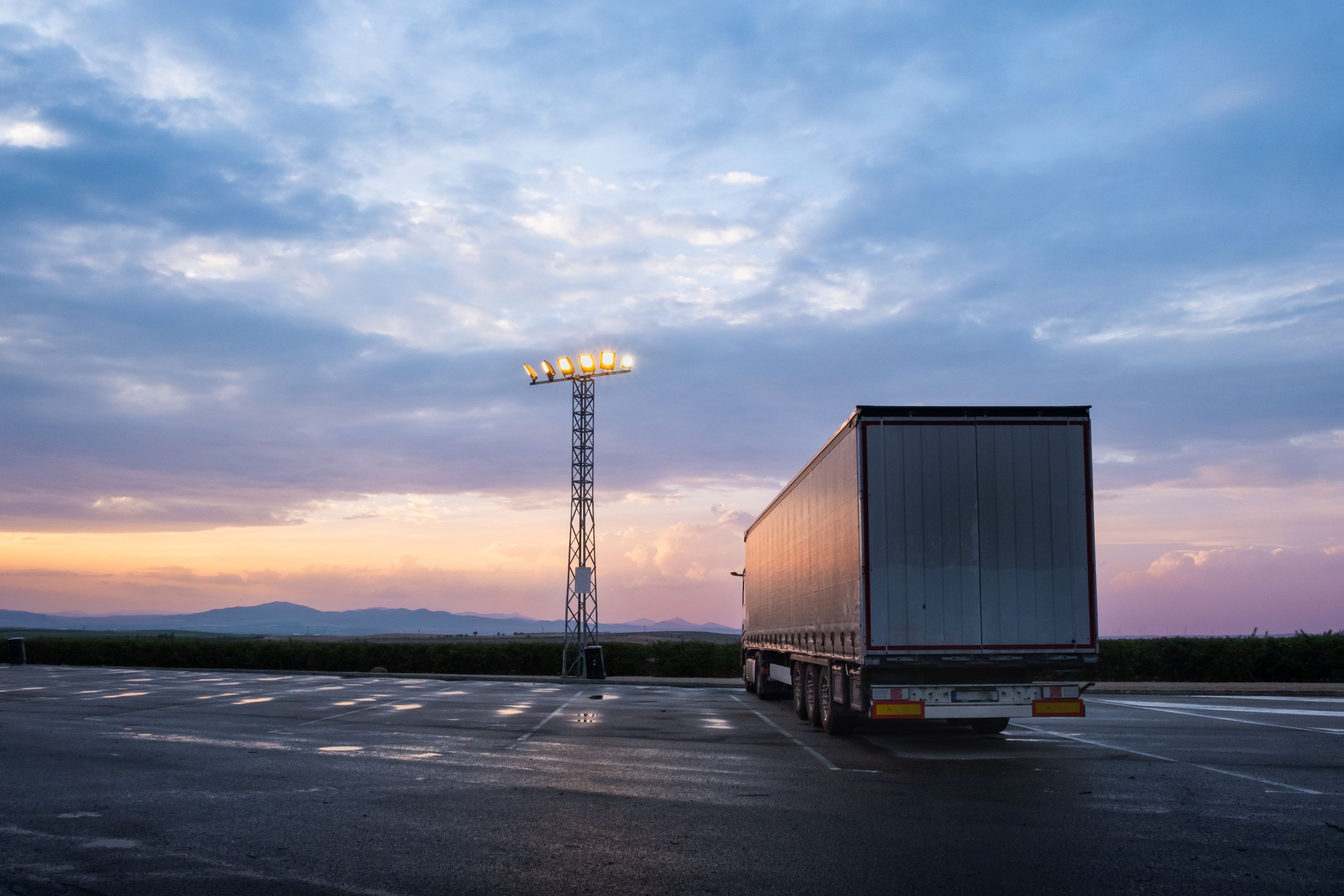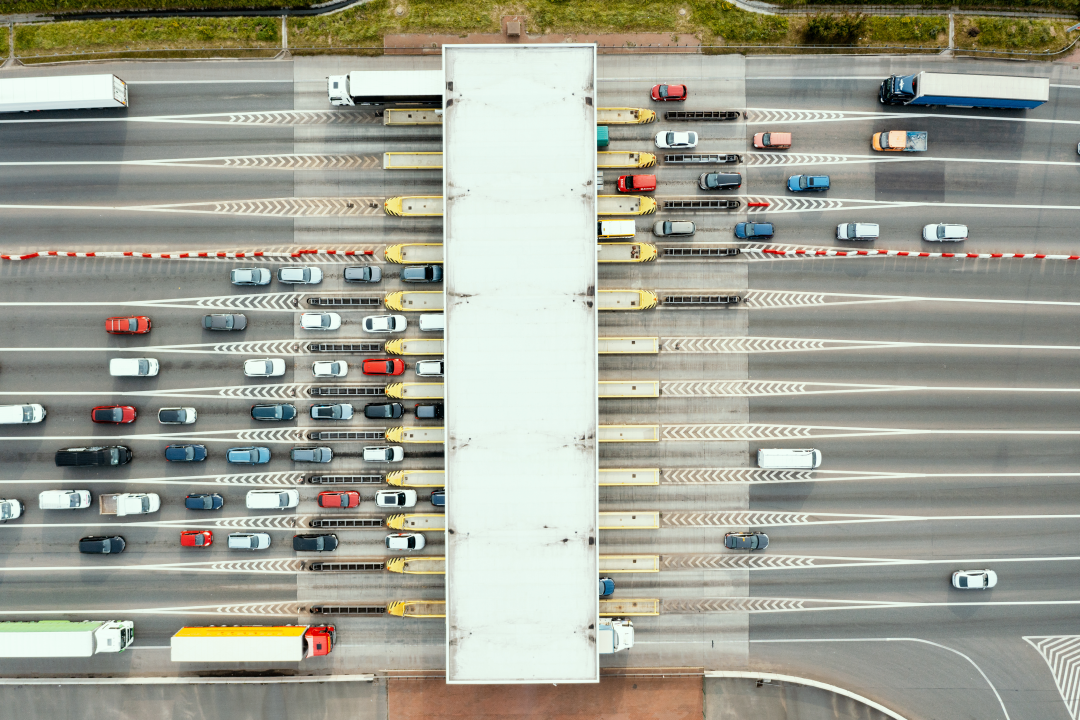
Guest
Impactul penei de curent din Peninsula Iberică din 2025 asupra transportului rutier de mărfuri
Creat: 04.06.2025
•
Actualizat: 04.06.2025
La 28 aprilie 2025, o pană de curent generalizată a cuprins Peninsula Iberică, lăsând fără electricitate milioane de locuințe, întreprinderi și servicii publice din Spania și Portugalia. Pana de curent Spania-Portugalia, care a început la ora locală 12:33, a afectat orașe importante precum Madrid, Barcelona, Lisabona și Porto, precum și mari părți din regiunile învecinate. În unele zone, curentul a revenit în patru până la șase ore; în altele, întreruperea a durat până în dimineața următoare.
Deși cauza exactă este încă în curs de investigare, primele rapoarte sugerează că o defecțiune la rețeaua transfrontalieră de transport a întrerupt fluxul de energie electrică în ambele rețele naționale. Impactul a fost rapid și generalizat, oprind serviciile feroviare, imobilizând aeronave, afectând spitalele și serviciile publice și paralizând infrastructura digitală. Pentru sectorul transporturilor și logisticii, provocarea a fost imediată, afectând fiecare aspect al operațiunilor rutiere, de la aprovizionarea cu marfă și combustibil la controlul traficului și bunăstarea șoferilor.
"Atunci când se întrerupe alimentarea cu energie electrică, la fel se întâmplă și cu multe dintre sistemele pe care ne bazăm pentru a menține siguranța drumurilor - de la semafoare și semnalizare la comunicații", spune Raquel Martinez, European Sales Manager la SNAP. "Atât pentru șoferi, cât și pentru operatorii de flote, pana de curent din 2025 a evidențiat cât de repede călătoriile de rutină pot deveni riscante și cât de important este să știm unde pot opri șoferii pentru a menține securitatea lor și a încărcăturii lor."
Întârzieri ale transportului de marfă
Pentru firmele de transport, prima și cea mai presantă problemă a fost suspendarea circulației mărfurilor. În întreaga Peninsulă Iberică, operațiunile din depozite, centre de execuție și centre de cross-docking au încetinit sau s-au oprit complet. Mișcările internaționale au fost, de asemenea, afectate, camioanele fiind reținute la frontiere, în timp ce autoritățile se străduiau să restabilească controlul de bază al traficului și să asigure siguranța rutieră.
În condițiile în care transportul feroviar de marfă a fost blocat, unii operatori au încercat să transfere încărcăturile pe rețeaua rutieră, dar acest lucru a adus propriile sale limitări. Rutele aglomerate, sistemele de trafic nefuncționale și accesul neuniform la combustibil au însemnat că transportul rutier nu a putut absorbi cererea. A fost nevoie de mai multe zile pentru a elimina întârzierile și a restabili fiabilitatea lanțului de aprovizionare.

Taxe, trafic și eșecuri tehnologice
Întreruperile de curent din Peninsula Iberică au dezvăluit, de asemenea, măsura în care infrastructura modernă depinde de sistemele digitale. Semafoarele din marile orașe s-au întunecat, provocând aglomerație și crescând riscul de accidente. Semnalizarea electronică, senzorii de pe autostrăzi și sistemele inteligente de rutare au cedat, lipsind șoferii de ghidare și actualizări în timp real.
Cabinele de taxare au fost afectate în mod similar. Deoarece barierele automate și sistemele electronice de plată nu au funcționat, personalul din unele zone a trebuit să ridice porțile manual sau să colecteze numerar. Acest lucru a dus la întârzieri pe rutele principale, la pierderi de venituri pentru operatorii de taxare și la îngrijorări cu privire la integritatea sistemului după restabilirea alimentării cu energie electrică.
Lipsa combustibilului
Unul dintre cele mai clare semne ale dependenței sectorului de electricitate a apărut la pompele de combustibil. Pe măsură ce alimentarea cu energie electrică s-a oprit, benzinăriile din Spania și Portugalia au fost nevoite să închidă. Pompele și sistemele de plată au încetat să funcționeze, lăsând doar un număr mic de benzinării cu generatoare de urgență capabile să deservească clienții. Acestea au fost rapid depășite, ceea ce a dus la cozi lungi și, în multe cazuri, la șoferi blocați fără combustibil.
Întreruperea s-a extins și în amonte, instalațiile portuare și rețelele de distribuție a carburanților neputând funcționa la capacitate normală, ceea ce a întârziat deplasarea carburanților către zonele interioare și a agravat și mai mult problemele de aprovizionare.
Vehiculele electrice și infrastructura de încărcare
Pentru operatorii de vehicule electrice, întreruperea a reprezentat o provocare deosebită. În Spania și Portugalia, încărcarea vehiculelor electrice a fost întreruptă, acestea devenind inutilizabile, cu excepția cazului în care aveau deja suficientă încărcare pentru a-și finaliza traseul. În lipsa accesului la reîncărcare, unele livrări au fost suspendate, iar vehiculele electrice au fost retrase temporar de pe drum.
Pentru companiile de logistică care iau în considerare trecerea la flote electrice, întreruperile de curent din Peninsula Iberică au subliniat importanța planificării de urgență și a infrastructurii de rezervă pentru menținerea operațiunilor în timpul întreruperilor de rețea.

Bunăstarea șoferilor
Poate că cele mai presante preocupări s-au axat pe bunăstarea șoferilor. Zonele de odihnă și stațiile de service au fost scufundate în întuneric - multe dintre ele fără iluminat, încălzire, mâncare caldă sau toalete funcționale. Unii șoferi au fost lăsați fără un loc sigur pentru a se odihni în timpul întârzierilor forțate.
Comunicarea a fost o altă problemă majoră. Cu rețelele de telefonie mobilă întrerupte, șoferii s-au chinuit să contacteze depozitele, să solicite asistență sau să acceseze informații actualizate despre trafic. Pentru mulți, radioul local a devenit singura sursă sigură de informații. Situația ne-a reamintit cât de expusă poate fi industria atunci când infrastructura critică cedează.
Lecții pentru viitor
Deși pana de curent Spania-Portugalia a durat mai puțin de 24 de ore în majoritatea locurilor, perturbarea transportului rutier și a transportului de marfă a fost semnificativă. Efectele penei de curent asupra logisticii au acoperit toate aspectele, de la aprovizionarea cu combustibil și reziliența infrastructurii până la pregătirea pentru situații de urgență și bunăstarea șoferilor. Cu toate acestea, au fost reluate discuțiile privind modul în care operatorii de flote pot îmbunătăți continuitatea activității și își pot proteja personalul în fața unor evenimente similare.
Stabilirea și testarea unui plan solid de continuitate a activității este un prim pas important. Acesta ar trebui să acopere protocoalele de comunicare, accesul la combustibil, rutele alternative și utilizarea vehiculelor. Atunci când este posibil, ar trebui identificate în prealabil programe și parteneri de livrare alternativi, în special pentru încărcăturile sensibile la timp sau critice.
Sprijinirea bunăstării conducătorilor auto este esențială în astfel de situații. Trusele de urgență - care conțin gustări, apă, lanterne, acumulatori de energie și îmbrăcăminte reflectorizantă - pot oferi reasigurare și ajutor practic.
"Operatorii pot dori, de asemenea, să revizuiască facilitățile de la depozite pentru a se asigura că șoferii au locuri sigure de odihnă, în special în timpul întârzierilor mai lungi", spune Raquel. "Știind că există o rețea de stații de camioane în regiune, cum ar fi rețeaua noastră parteneră, poate oferi siguranța că există un loc unde să se oprească până când revine curentul.
"Penele de curent de această amploare pot fi rare, dar riscul este real. Operatorii trebuie să ia în considerare modul în care își consolidează rezistența și se adaptează situațiilor pentru a continua să se deplaseze - de la asigurarea accesului la combustibil la reevaluarea planificării rutelor și asigurarea odihnei în timpul situațiilor de urgență."
SNAP Mobility Services în Spania
Avem o rețea extinsă de stații de camioane și zone de service în Spania și Europa. [Vizitați harta noastră interactivă pentru a vedea unde puteți găsi astăzi partenerii noștri] (https://snapacc.com/map/spain/)



